Discover 15 Exotic and Bizarre Fruits from Around the Globe
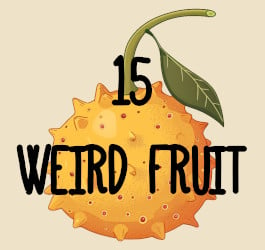
We love all fruits, from the plain weird to the wacky and wonderful. So we've rounded up the weirdest looking, strangest named, questionably tasting and downright miraculous fruits we could find for our 15 Weirdest Fruits In The World.
1. Buddha's Hand - beautiful but tasteless
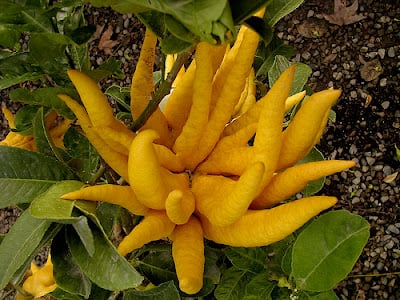
This fruit is commonly found in China or Northern parts of India. It goes by a few names including Fingered Citron and Bushukan but we think Buddha's Hand is by far the coolest and certainly the most apt. This fruit is made up of long finger-like sections that all grow from the same base giving the illusion of a multi-fingered hand. When it comes to eating it, this citrus fruit is nothing like your average orange or lemon. It has no juice or pulp, it is essentially made up of skin and pith. However, unlike all other citrus fruits, the pith of the Buddha's Hand is not bitter. The fruit is often candied, dried or canned and used to complete all manner of sweet and savoury dishes. This fruit is also extremely fragrant; many Japanese and Chinese families place this fruit around the home as it gives off a pleasant smell.
2. Miracle Fruit - miraculously changes the way you taste...
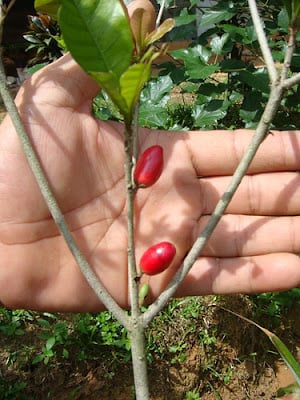
From the name of this fruit, you can tell that we’re about to fill you in on something very special indeed! The Miracle Fruit is a form of berry found in West Africa, it has a plum red outer and lightly sweet taste. However, the real wonder occurs after you've eaten it. Miracle fruit has a miraculous effect on the taste buds which alters the tastes of foods we’re all accustomed to. After eating miracle fruit you’ll find that bitter and sour foods taste sweet. Just imagine a fresh lemon suddenly being as sweet as a lemon drop or a pint of Guinness being as sweet as honey.
The secret behind the miracle lies in a glycoprotein called miraculin. This binds to your taste buds and acts as a sweetness inducer when it makes contact with the acids found in sour foods. The effects only last 30-90 minutes
3. Kiwano Melon - looks like it came from outer space
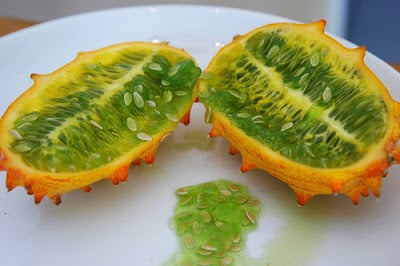
This fruit looks like it was conjured up to play the baddie in a forties B movie. The severely spiked skin and the luminous green jelly-like flesh certainly set it apart as one of the most striking fruits around. Also known as the Horned Melon, Horned Cucumber and English Tomato (not sure what that name is about!) this fruit is native to Africa but is now grown in warm climes across the globe. The taste of the kiwano melon is likened to cucumber and it contains many large white seeds which are completely edible. The best way to eat your kiwano melon is to slice it in half and scoop out the flesh with a spoon.
4. Ugli Fruit - the name says it all
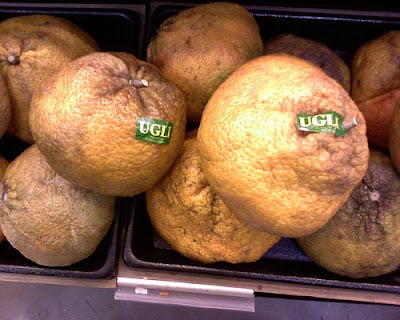
It’s pretty difficult not to judge a book by its cover when its title is as off-putting as this one. The look and name of the Ugli fruit do not fill me with much culinary confidence. However, this mottled yellow-brown, dry-looking skin is loosely wrapped around a sweet citrus offering. The fruit is made up of generously sized segments and sports a sweet tangy flavour and a pulpy texture. The name Ugli is just a trading name for what is a Jamaican tangelo – similarly to how Pink Lady is a trading name for a pink crisp apple. The Jamaican tangelo is a hybrid of a pomelo, an orange and a tangerine. When the creators discovered this fruit, they thought it deserved the name Ugli!
5. Durian - one whiff and you'll run a mile
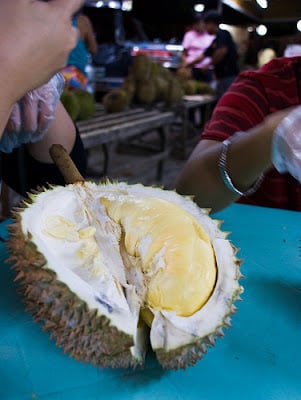
The durian is native to Indonesia where it is commonly known by the deceptive name of ‘King Of Fruits.’ The reason we've dubbed this moniker misleading lies in the smell. The durian fruit possesses a pong which sees it banned from hotels, bars and public places all over South East Asia. The smell has been likened to all manner of unsavoury items from damp clothes, gym socks, rotten onions and even turpentine. It’s so gross no one can quite put their finger on it. The surprising thing however is that if you can get past the smell, not only do you deserve a medal, but you will also be rewarded with a creamy texture and almond-like flavour.
6. Jabuticaba - we promise this has not been photoshopped
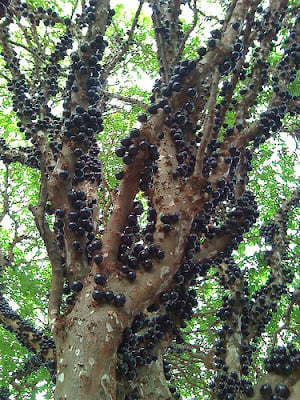
The weirdness of this fruit lies mainly in the way it grows. The jabuticaba is a form of grape which grows on the Brazilian Grape Tree. Unlike the grapes we’re used to eating in the UK, jabuticabas do not grow in bunches and grow directly from the trunk of the tree rather than its branches. The dark purple fruits have thick skin and a pleasant sweet taste. Similarly to grapes, these fruits are also made into jellies, jams and wine.
7. Monster Fruit - perfect if you like a challenge
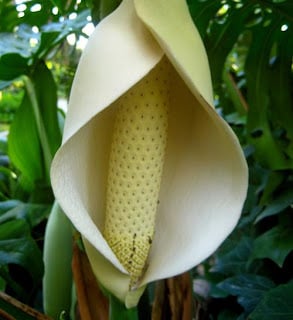
The monster fruit - or monstera deliciousa to be technical - could be one of the weirdest fruits we've ever come across. It is native to tropical rainforests and has since been introduced to a range of tropical areas across the globe including Hawaii.
This is one of those fruits which requires a little extra effort to eat it. First, you need to prise it from the surrounding leaves and vines but be careful. The potassium oxalate content in both can be an irritant to the skin causing rashes. The fruit itself, which looks like a green ear of corn, is covered with scales which need to be peeled away or left to fall off. Once this is done you are left with a sweet fruit with a similar taste and texture to pineapple.
8. Aguaje Fruit - could this signal the end of cosmetic surgery?
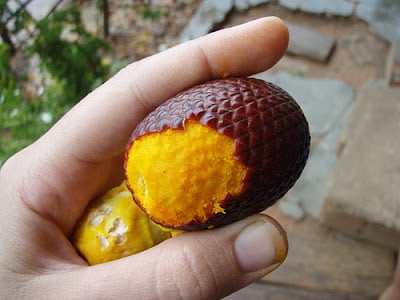
Want a curvier behind? Then the aguaje fruit may be the thing for you – that is if you believe the hype. According to beauty ‘experts’ around the world, the reason Peruvian women are so curvy is because they grow up eating aguaje fruit. This has led to aguaje capsules, extracts and powders being snapped up by women around the world wanting to boost their assets.
In real scientific terms, this fruit does have some great benefits. It has 3 times the amount of vitamin A than a carrot and the oil from this fruit contains high levels of essential fatty acids. To get these benefits you need to peel away the dark red scales to reveal the bright yellow insides.
9. Noni Fruit - the most super fruit of them all
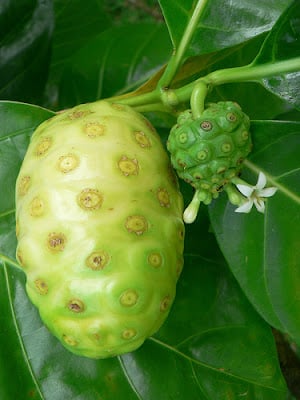
We've all heard the term superfruit being banded around recently, but when it comes to the noni fruit, it really is a superstar. The American Cancer Society even list it as a complementary medicine that can be used to fight cancers, heart disease, diabetes and psoriasis just to name a few.*
The noni fruit also known as Great Morinda and Indian Mulberry grows in Hawaii, Indonesia, Malaysia the Philippines and other countries with tropical climates. The fruit can be eaten raw or cooked, in sweet or savoury dishes. Like the durian it's known for having a pretty foul smell, however, the numerous health benefits make it worth putting up with the pong.
10. Custard Apple - the most delicious fruit known to man?
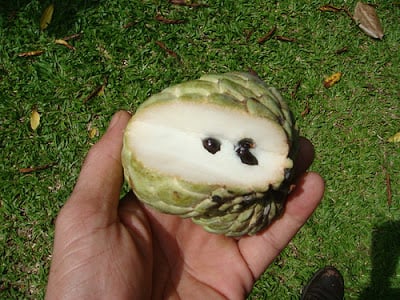
The custard apple is native to the Andes and was described as ‘the most delicious fruit known to man’ by American author, Mark Twain. This fruit is the size of a grapefruit and is made up of soft white flesh and large shiny seeds. The seeds are inedible, but once removed make way for an ultimate taste sensation. The flavour has been described as a cross between strawberry, banana, pineapple papaya and peach. With flavours like that, we reckon it should be renamed the smoothie apple. Sounds delicious!
11. Bread Fruit - tastes pretty bad which means it's good for you, obviously
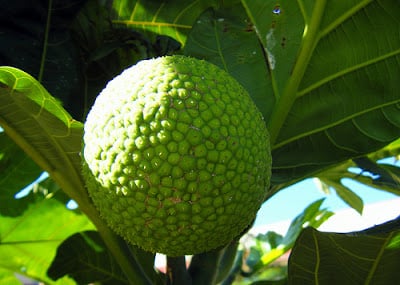
Another striking-looking fruit hailing from South East Asia which takes its name from the potato-like flavour it takes on once it’s cooked. This bright green fruit is the size of a football and grows in hundreds on every breadfruit tree. It’s a starch-rich fruit which is packed full of energy but when it comes to taste, it is severely lacking. To make a decent meal from breadfruit, you need to smother it in butter, cheese, oil or salt making it not too healthy after all
12. Safou - a fruit to end world hunger?
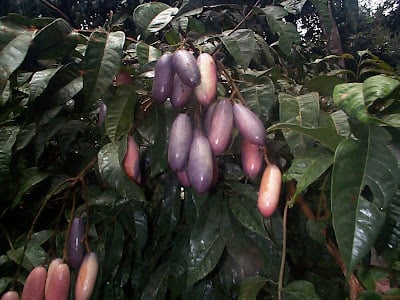
The safou fruit is also referred to as an African Pear, African Plum and the more telling – butter fruit. This is because the safou is high in fat and amino acids giving it a creamy buttery texture. This native fruit to the west and central Africa has even been hailed as a key tool for preventing hunger in starving nations with non-profit groups promoting it as a worthy crop to farmers and land owners. It is a calorie-dense fruit full of essential nutrients and vitamins. It is also very versatile with the flavour lending itself to sweet and savoury dishes.
13. Akebi Fruit - the prettiest things often lack substance
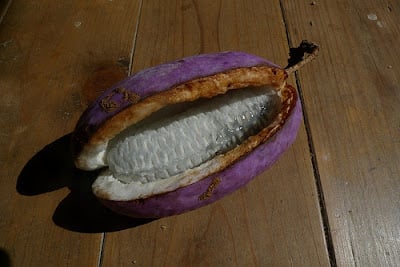
This magical-looking fruit is only found in the north of Japan and only appears for a few weeks a year in early autumn. Once thought of as scavenger food, it is now cultivated and sold mainly in specialised fruit shops in Japan – no doubt for a lot of money! The Akebi fruit is made up of a striking purple pod which contains a cloudy white flesh inside. It also contains a large amount of small edible black seeds which are hard to remove.
As the fruit itself is not particularly sweet, it can be used in both sweet and savoury dishes. Culinary wiz kids all over Japan have done everything from stuffing it to deep frying it.
14. Cupuacu - creamy, cocoa, pineapple. Delicious

Like chocolate and pineapple? That’s the exact flavour mix you can expect when you eat a cupuacu fruit. Suppose deliciousness isn't enough to get you tempted. In that case, this fruit is packed full with anti-oxidant vitamins - B1, B2, B3, A and C - amino and fatty acids and nutrients that can boost the immune system, lower cholesterol and improve the appearance of skin and hair.
This large melon-sized fruit is grown in the rainforests of the Amazon, Peru and Brazil. Once opened, there is an abundance of creamy soft white flesh
15. Ackee - Jamaica's national (slightly toxic) fruit
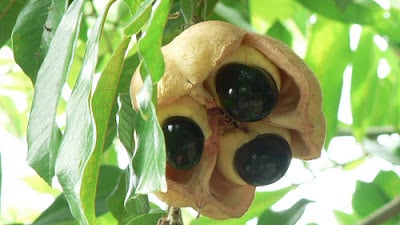
The ackee fruit is a Jamaican delicacy which is always treated as a vegetable. This fruit has even found fame as one of the main ingredients in the country's national dish – ackee and salt-fish. Once ripe the pods burst open on the tree to reveal three large shiny black seeds surrounded by yellow flesh. It is this scrambled egg-like substance that we eat, other parts of the fruit are highly toxic. The texture is soft and buttery, and it has a light smoky taste.
Have you tasted any of these? Let us know in the comments!
Picture Credits
1 2 3 4 5 6 7 8 9 10 11 12 13 14 15
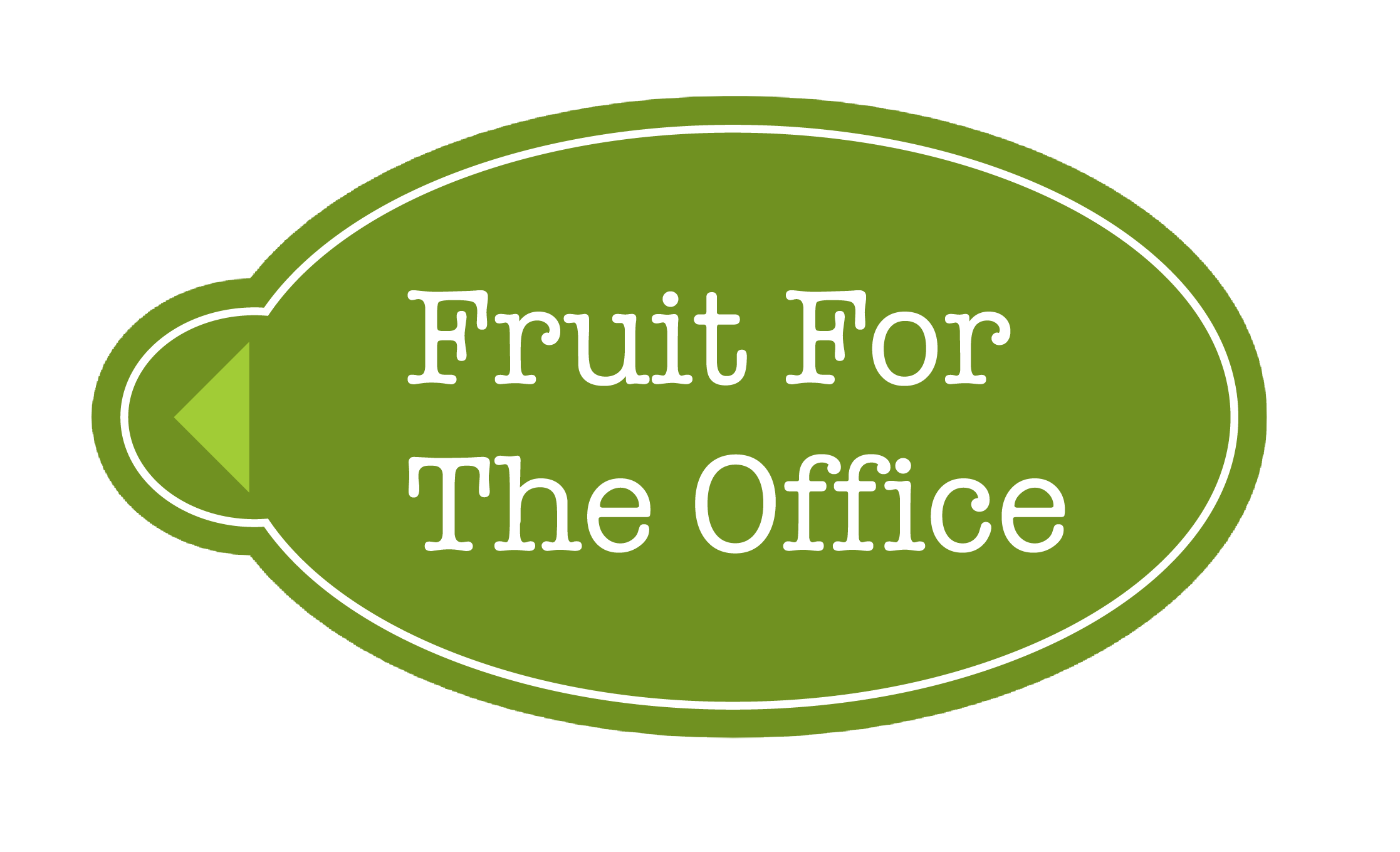

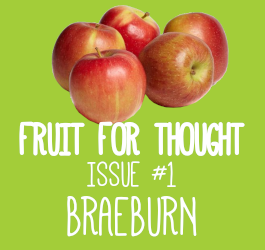
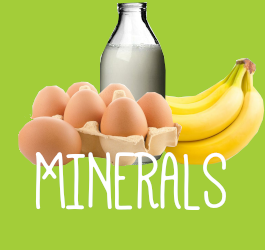








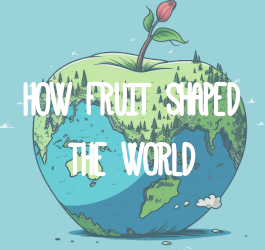


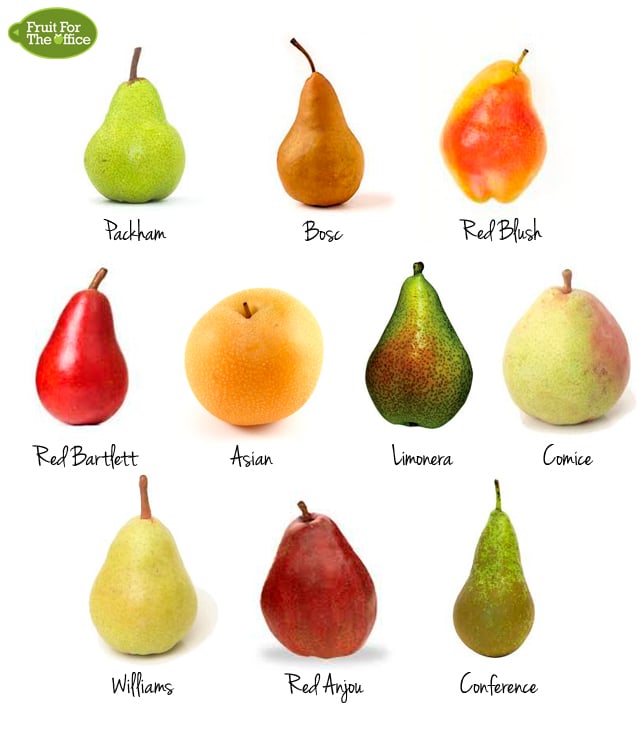


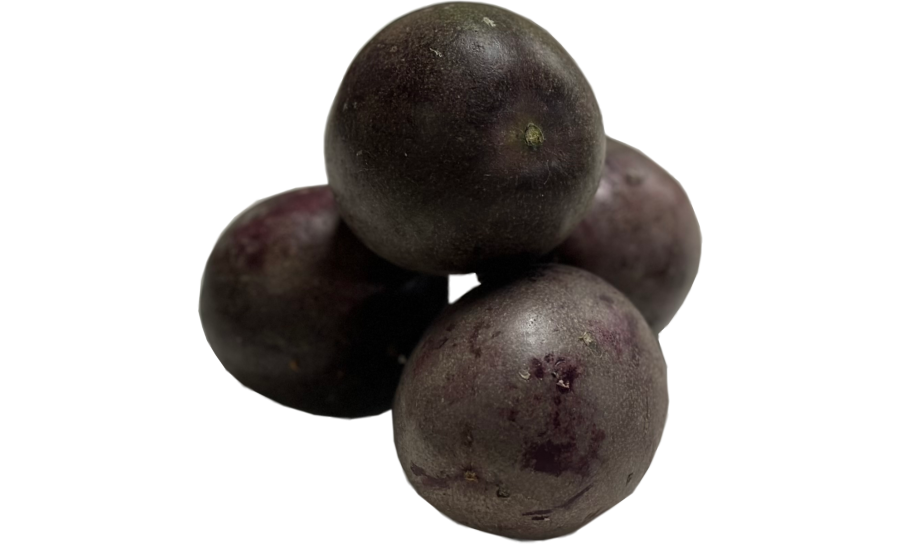
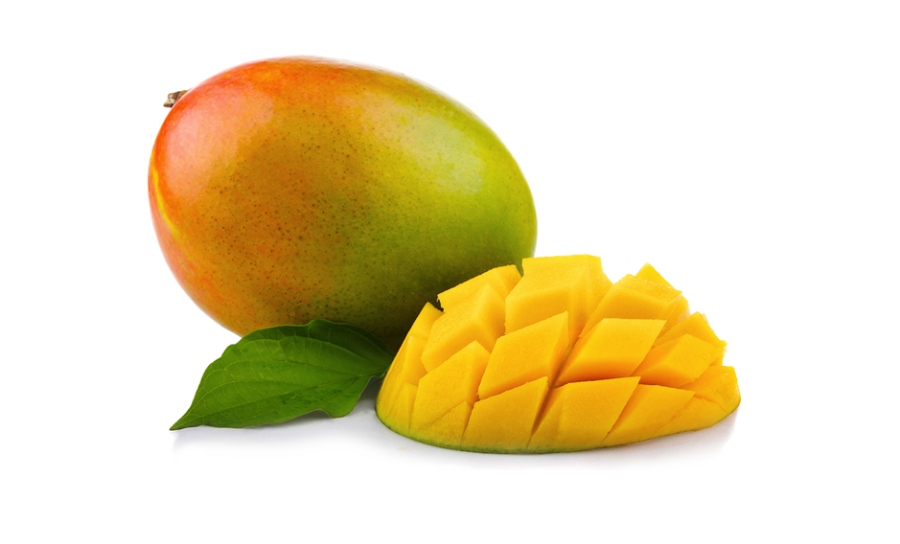
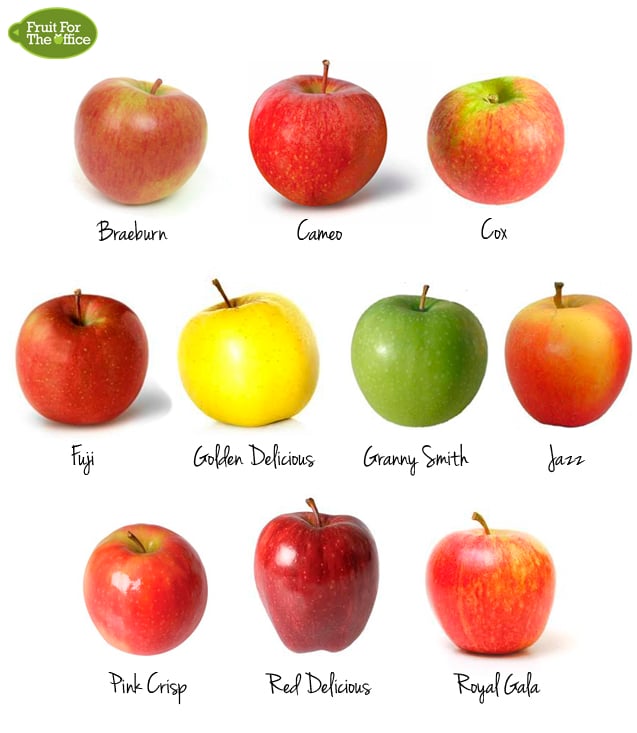





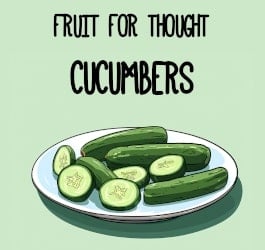
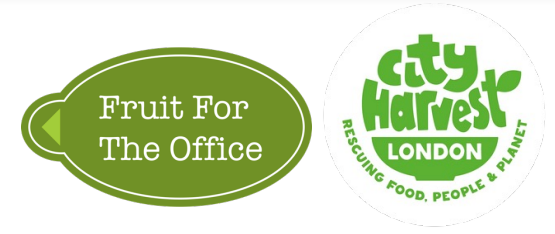

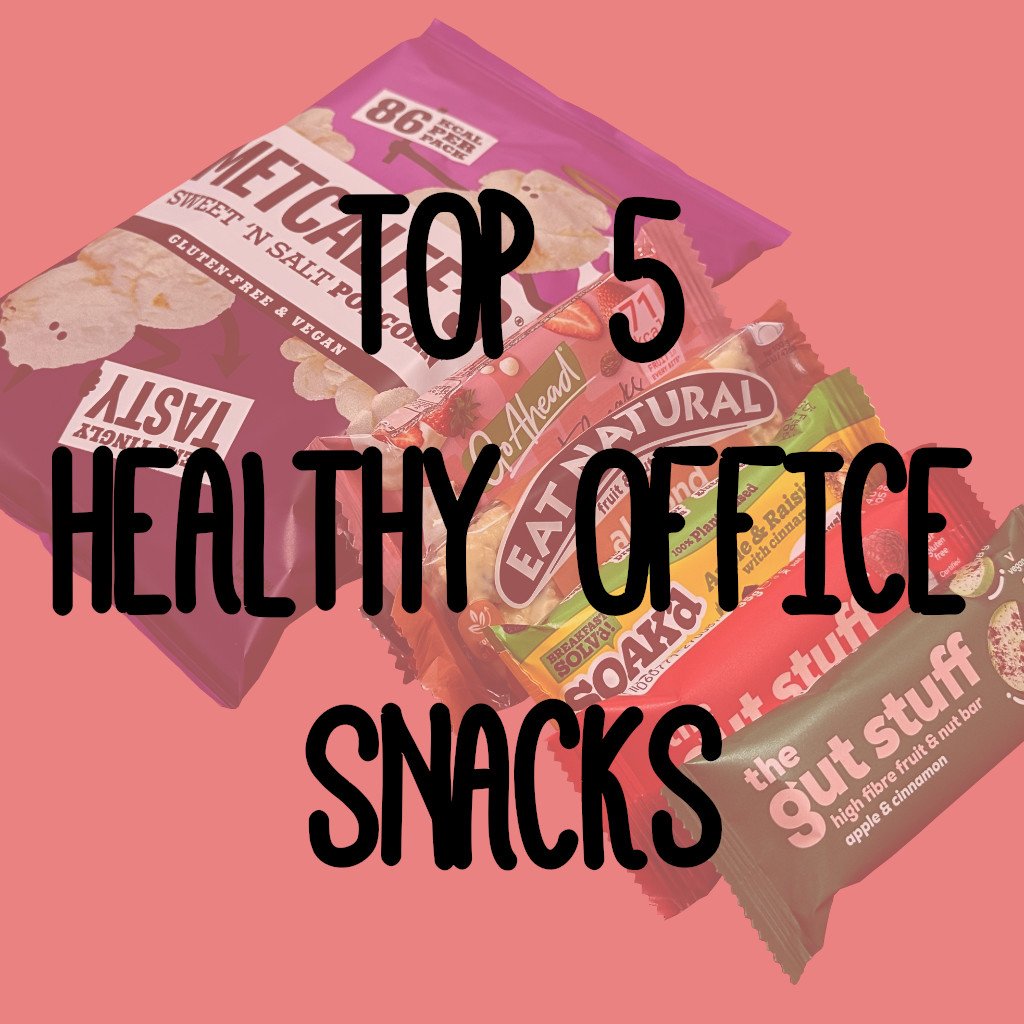




Comments